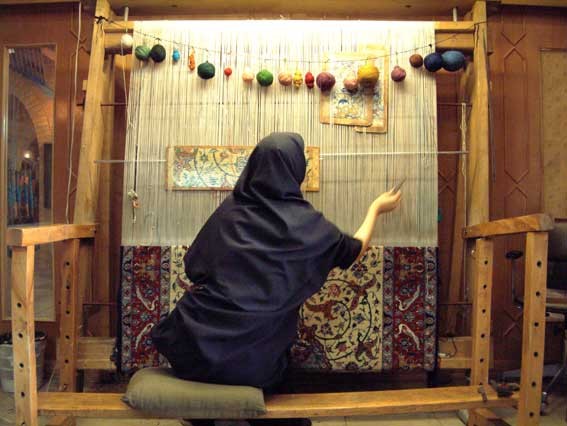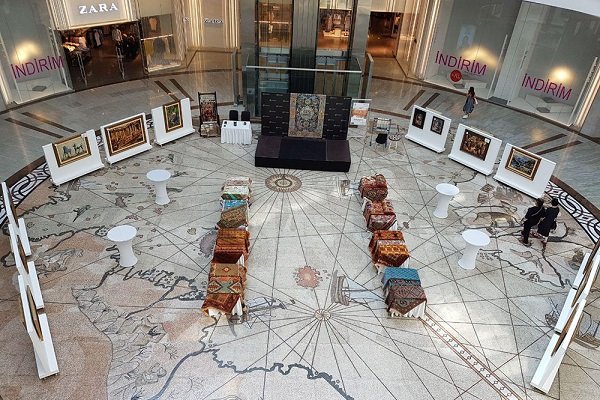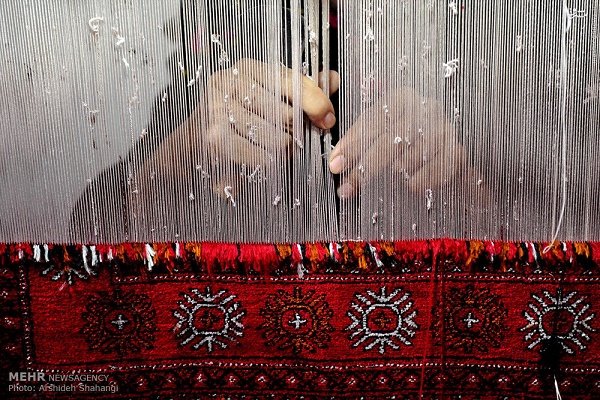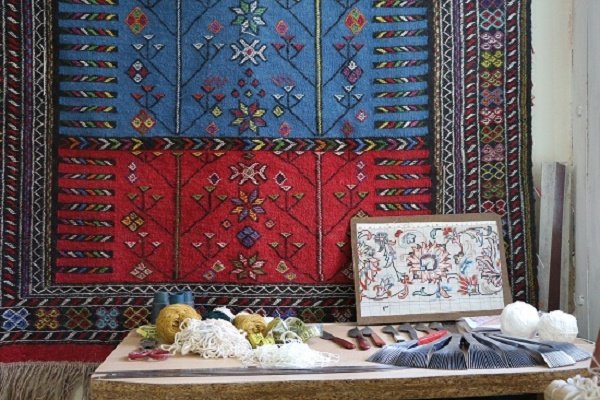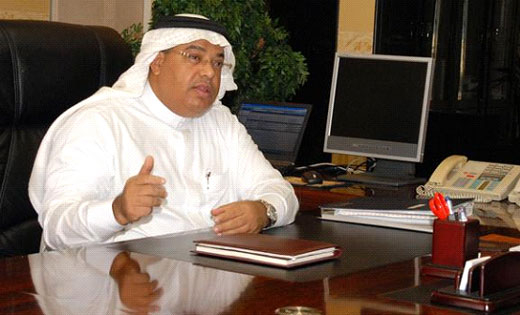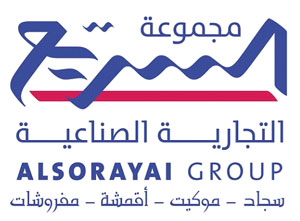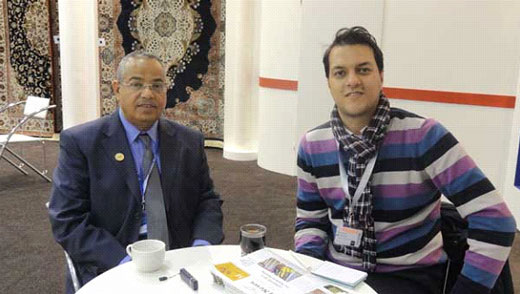Setareh Kavir Group has been able to bypass the embargo imposed on Iran and resolve many ensuing production problems it has faced during the 30 years of its operation by relying on creative properties of its employees and their progressive attitude.
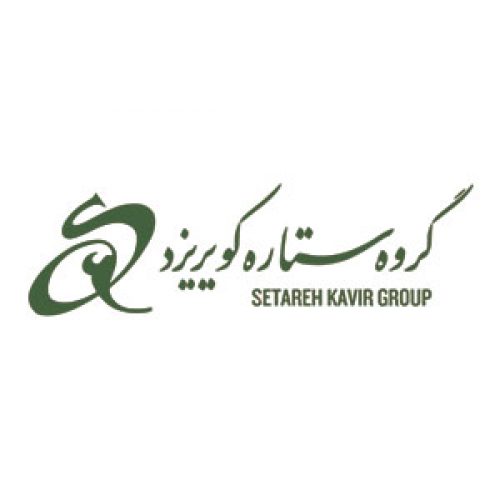
Setareh Kavir Group is a machine-made carpet producer who has been able to introduce its brand name carpets in domestic and international markets. Setareh Kavir Group presently enjoys a commendable position in domestic and international markets thanks to the quality of its carpets.
Setareh Kavir Group is celebrating its fourteenth attendance in Domotex Exhibition in Germany which is acclaimed as the largest international event for textile industry.
On receiving the 2011 award as a recognized Iranian exporter in textile industry, we interviewed Mr. Ahmad Sadeghian, General Manager of Setareh Kavir Group of Yazd, to hear his story.
Q: Setareh Kavir Group has been actively pursuing export of machine made carpets to difficult international markets such as Germany and Japan. Please explain about the export-oriented production program at Setareh Kavir Group.
A: The art and science of producing carpets belong to Iran and Iranians. That is the reason for international recognition of Iranian carpet. Iranian carpet enjoys the highest quality when compared with competing products without any prejudice.
Setareh Kavir Group strongly believes in the quality of Iranian carpet. So, it has equipped itself to prove it to the international markets. We maintain an export oriented policy in our production rogram. We believe we export Iranian arts, culture, and love with every carpet we ship to our target international markets. We have proved this during our 30 years of market presence. When a carpet is laid down in someone’s home, it represents the culture of the producing country. The owner is reminded of the Iranian arts and culture by every look at the Iranian carpet. No numbers or figures can fully explain our joy and proud in exporting our carpets.
Production and export of carpets or any other products shall meet the needs, desires, and expectations of the target markets. Our extensive investment and research on export enables us to directly obtain the information on customer needs in order to produce accordingly. This policy is the key to our successful export.
The important point to consider in carpet design and color scheme is paying attention to customer preferences in color, design, and workmanship. Setareh Kavir Group considers these points to guarantee its success in export markets. Nevertheless, every export market demands different design, color combination, and workmanship.
Expert design is one advantage of Iranian carpet industry. Iran is proud of having mastered carpet design and we take the most advantage of this expertise.
Q: Please tell us about capabilities and facilities of Setareh Kavir Group.
A: Setareh Kavir Group has five production facilities in Yazd, namely, Setareh Kavir Carpet, Khaterh Kavir Carpet, Yazd Dying, Yazd Yarns, and Yazd Textiles. These production facilities are equipped with the latest machinery and employ 5000 workers. Setareh Kavir Group is capable of producing the most delicate carpets at exceptional quality.
Setareh Kavir Group has been on the foreground in carpet research and development (R & D) thanks to its expert employees. Setareh Kavir Group pursues a policy of continued presence in top international carpet and floor covering exhibitions to maintain its market position in highly competitive markets. Setareh Kavir Group participated in Domotex exhibitions in Russia and Germany during 2012.
Our factories take granule and raw materials for carpet yarn production as input, and produce packaged quality carpet as output. The advantages of have a complete production line are quality control of the final product and lower production costs. These two are the important factors for success in international market and give unique advantage to Setareh Kavir Group.
Q: What were the reasons for selection of Setareh Kavir Group as recognized exporter of Iranian textile industry?
A: Many factors helped us to receive this recognition. The most important of them are: perseverance, export-oriented production, high quality products, keen attention to color combination and design, plus strong presence in international exhibitions.
Setareh Kavir Group exports carpet to international market everywhere in the world, including Japan, Malaysia, Australia, Russia, Ukraine, Saudi Arabia, Italy, Germany, and even China. Penetrating markets such as Japan and China have been difficult and time consuming. We do not produce before carrying out market research, because, we would have a blind production, otherwise.
